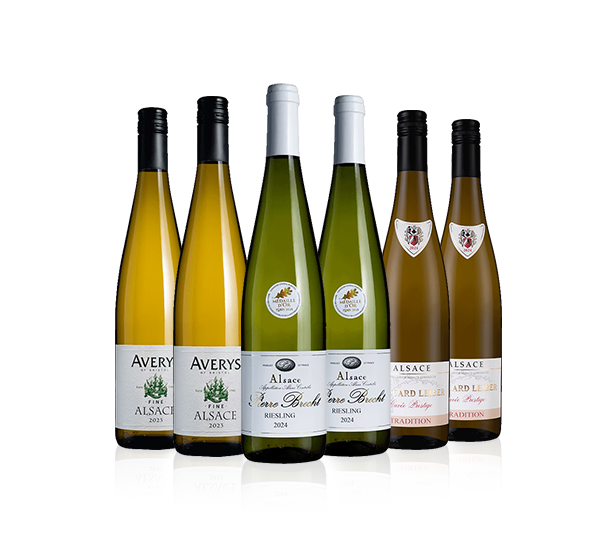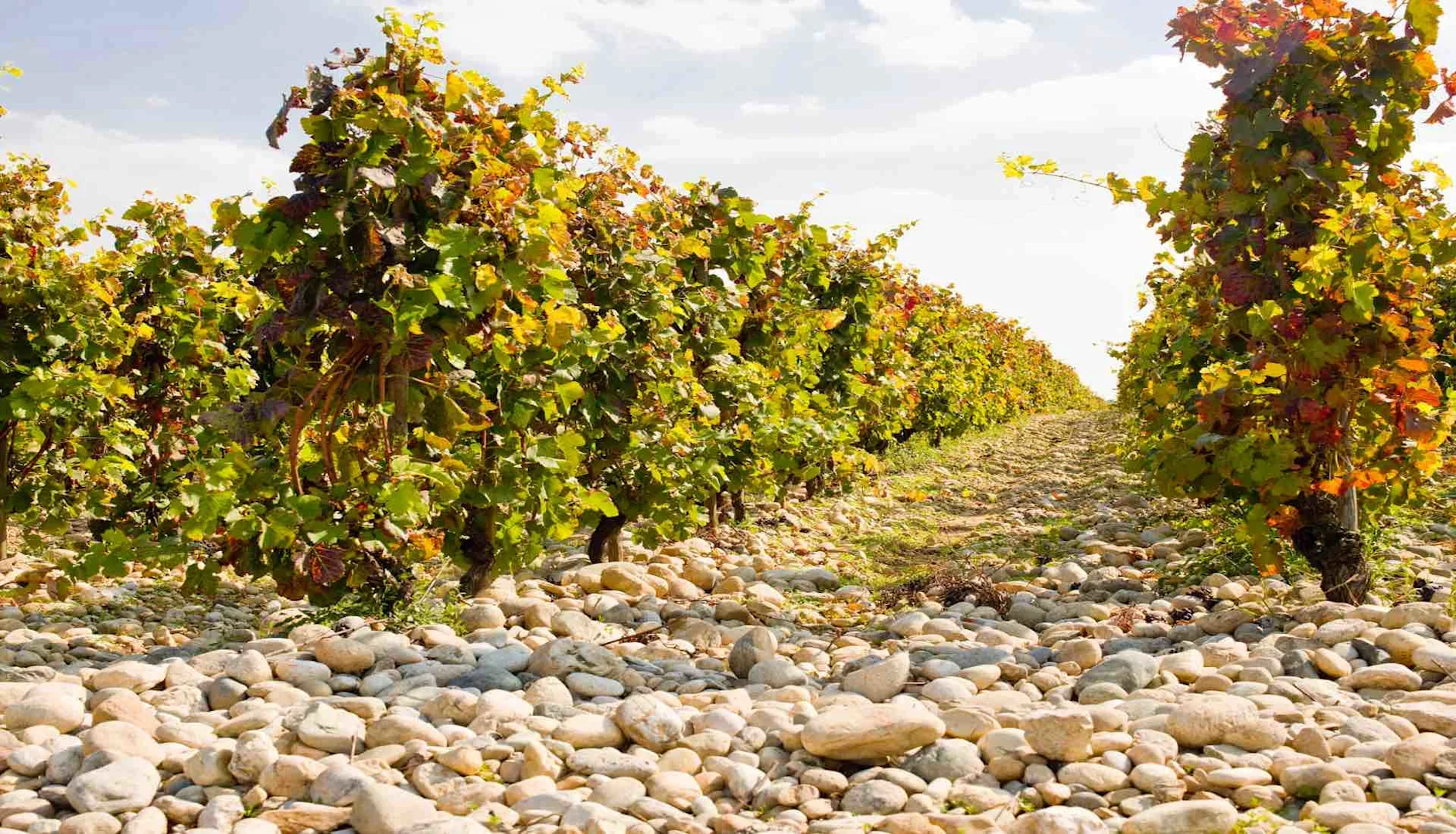Filter by
- £65.94 per caseSAVE £17.00
- Exotically spiced, aromatic Gewürztraminer from a top organic Alsace estate. Beautifully balanced£24.00 per bottle
- Brilliant lime-and-apple freshness in this delicious, dry Riesling from a family cellar in Alsace£14.99 per bottle
- Lime-crisp Riesling and the round, apricot spice of Pinot Gris in this rare white blend from Alsace£10.99 per bottle
- Creamy peach Pinot blend from an eminent Alsace estate, listed as one of France's Top 100 producers£15.99 per bottleSAVE £3.00
- Aromatic, food-friendly white from beautiful, sunny Alsace, made exclusively for us£11.69 per bottleSAVE £1.30
- Exceptional Alsace Riesling from this 400-year-old, biodynamic family estate. Steely, citrusy fresh£34.00 per bottle
- Golden Gewurtraminer – a luscious, peachy, spicy white from a historic family winery and top vintage£13.99 per bottleSAVE £2.00
- Superb, off-dry, aromatic and beautifully balanced, Grand Cru Alsace Pinot Gris with 9 years' age£33.00 per bottle
- Superb, off-dry, aromatic and beautifully balanced Grand Cru Gewurz from a top Alsace estate£31.00 per bottle
- Grand Cru Alsace Riesling – pure, organic and beautifully refined£39.00 per bottle
- Superb, aromatic Alsace Riesling, tipped to be 1er Cru, from a centuries-old family winery£32.00 per bottle
- Grand Cru Alsace Riesling – pure, vibrant and beautifully refined£19.99 per bottle
- Superb Alsace Riesling Grand Cru, with a touch of sweetness, from a centuries-old family winery£39.00 per bottle
- Showing (1 to 14 of 14)
1
Page 1 of 1




















